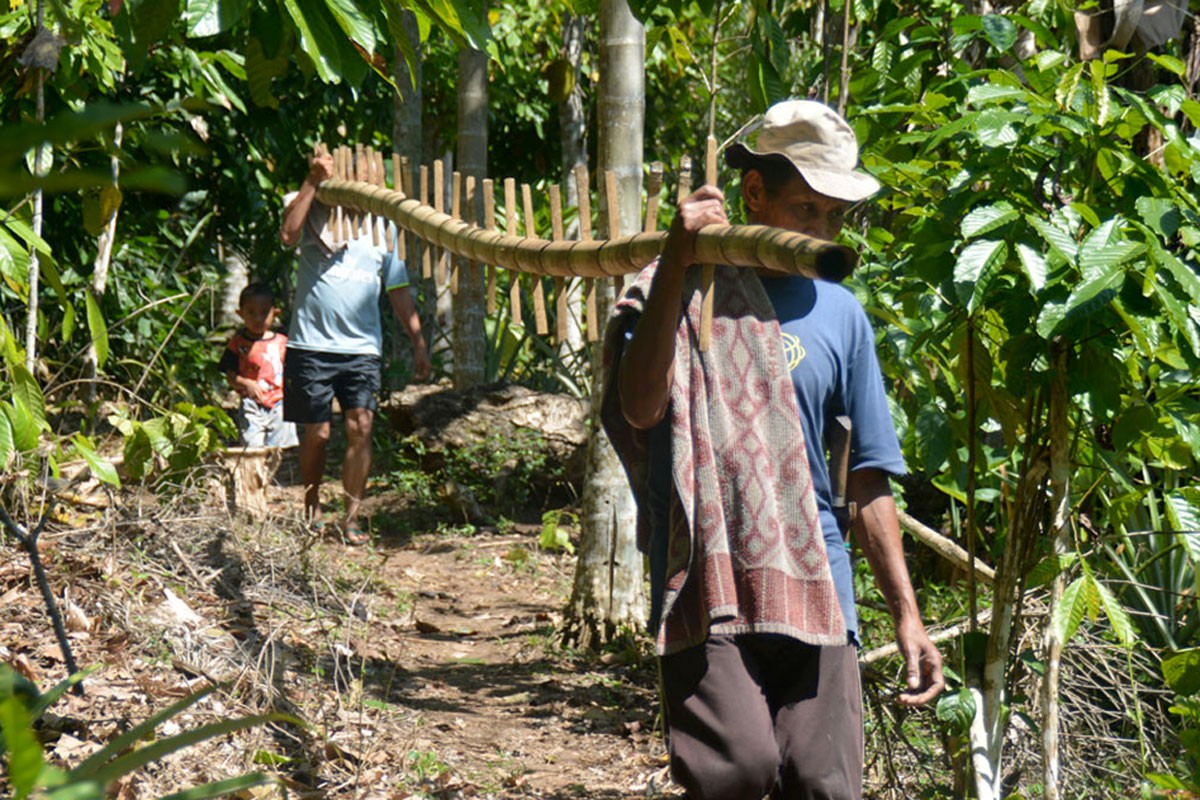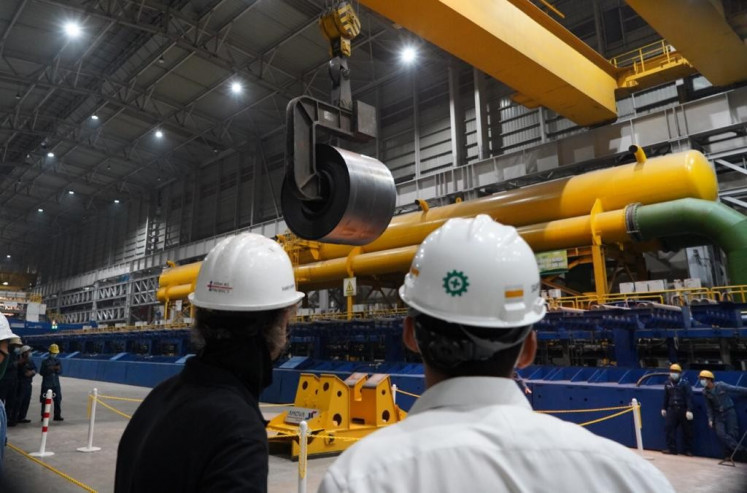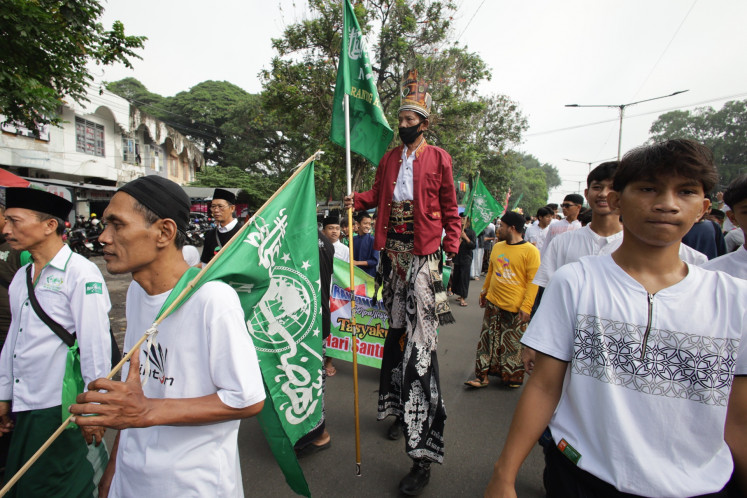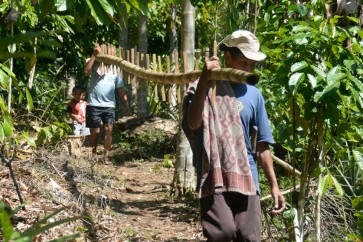Popular Reads
Top Results
Can't find what you're looking for?
View all search resultsPopular Reads
Top Results
Can't find what you're looking for?
View all search resultsAgrarian reform to end control over land
Land reform has been much talked about lately, but not everyone understands what it really means.
Change text size
Gift Premium Articles
to Anyone
L
and reform has been much talked about lately, but not everyone understands what it really means. The term is interesting because it is related to what is really needed to be revised in our existing agrarian field.
When talking about agrarian reform, it is not only about land aspects but also has a wider scope, such as water, forestry and other natural resources. Some experts often refer to it as land reform instead of agrarian reform, and this could limit its meaning to be just about land.
Boedi Harsono, as one of the supporters of land reform terminology, states that land reform consists of restructuring ownership and control of land and its legal relationships related to land utilization.
Agrarian reform or land reform, even before 1960, has been the basis of change on land structure almost all over the world. The principle is that agrarian land has to be actively cultivated by itself or utilized by the owner. This principle is strictly regulated under the Agrarian Law, which states that every person and legal body that owns agriculture land is essentially obligated to actively cultivate or utilize it, by themselves, by a way of preventing extortion.
In order to apply it, a regulation on related specific laws is required, for example provisions on minimum border of land area that must be owned by farmers, so that they can earn a decent living for themselves and their families, provisions on maximum limit of land area that can be owned through ownership right, to prevent an accumulation of land by certain people.
The Agrarian Law then explains that ownership and control of land that exceeds the stipulated limit is not allowed, since it could harm public interest. In addition, provisions on agrarian reform should be followed with credit facilities, seed and other help with light requirements, so that the owner does not need to move to other fields.
Thus, it is clear that agrarian reform prioritizes the restructuring of land (redistribution), especially for ownership rights, to provide welfare to farmers, together with other incentives so that the farmers can continue farming, without relinquishing control of their land to other parties. These two cannot be separated.


















